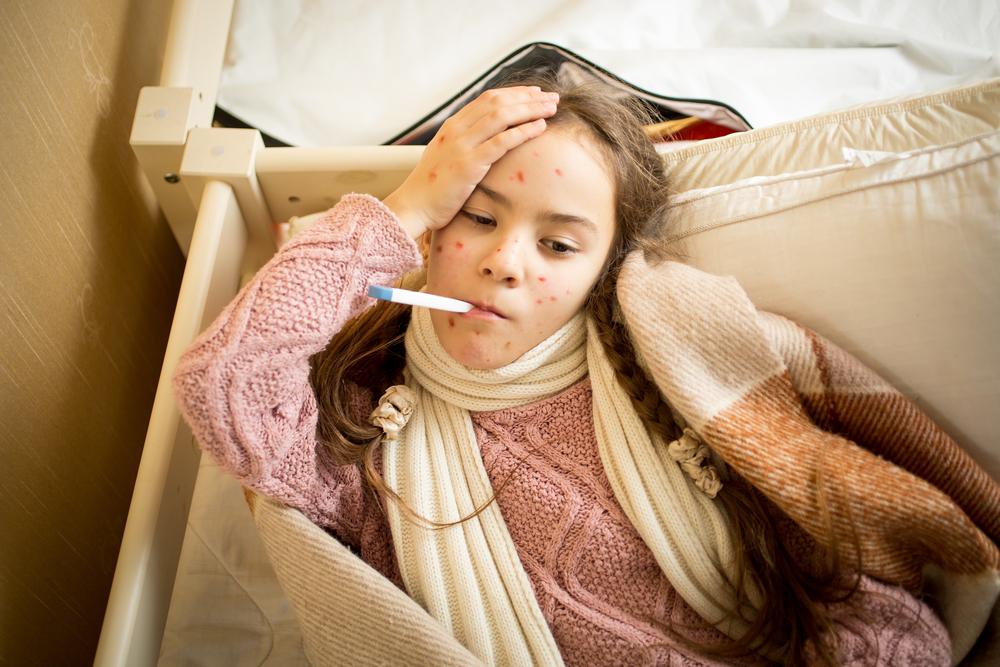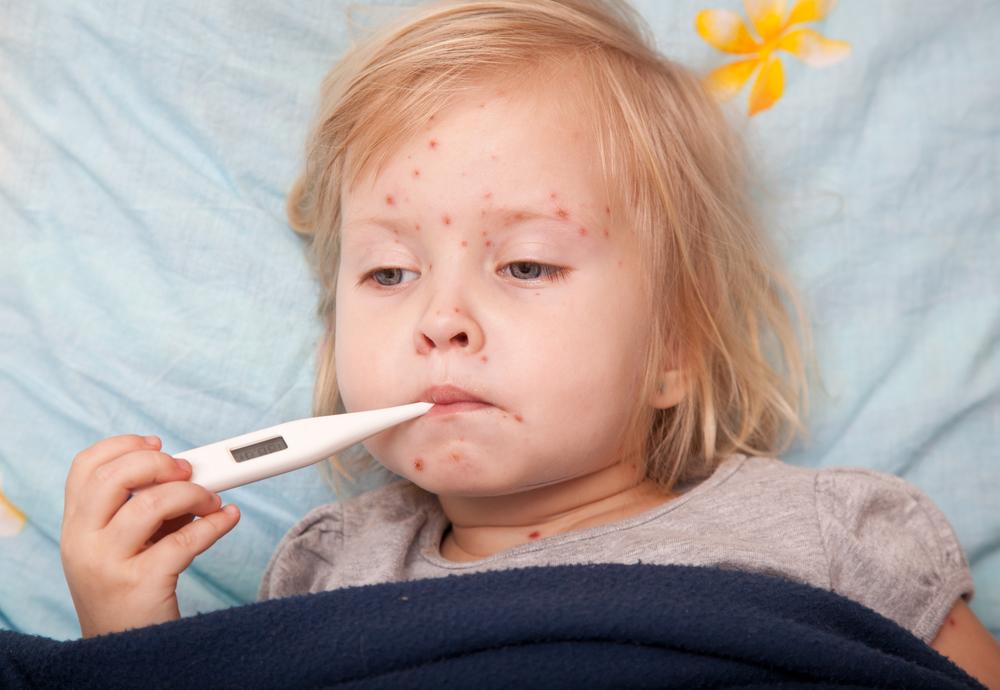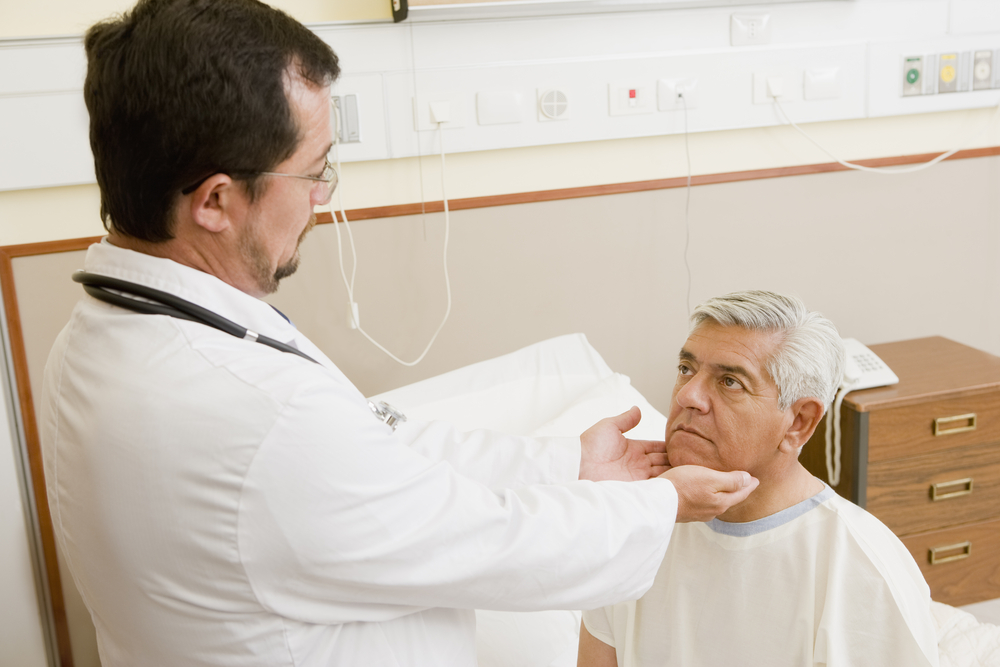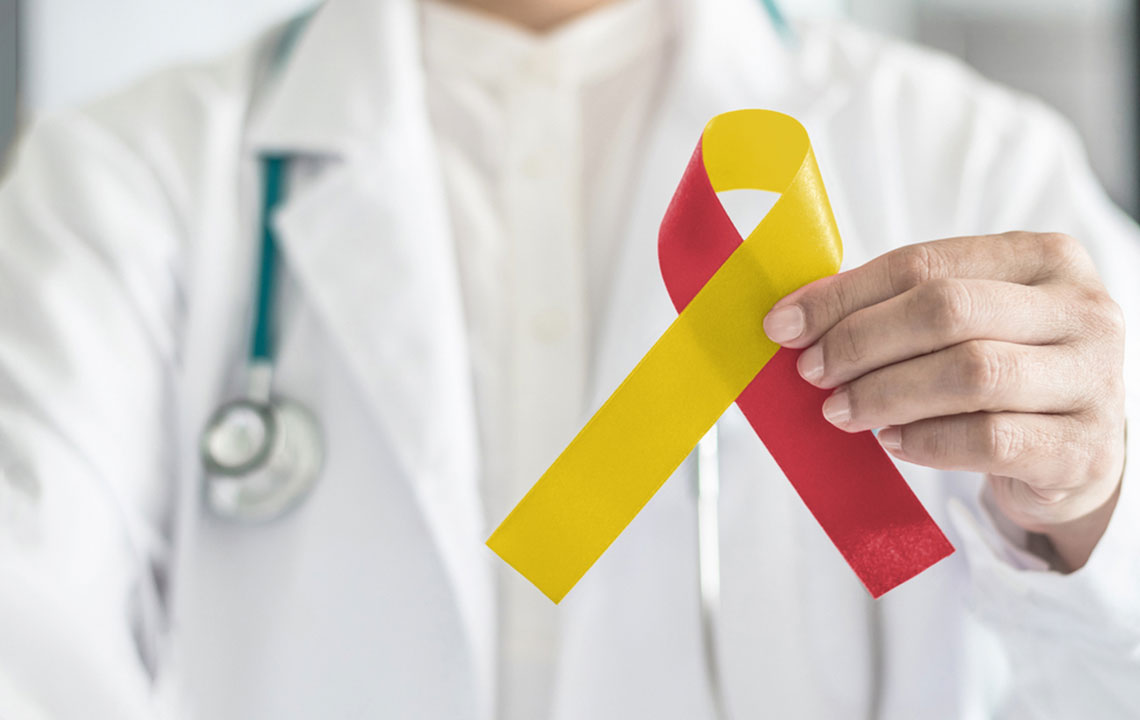Comprehensive Guide to Measles: Causes, Recognizing Symptoms, and Effective Prevention Strategies
This comprehensive guide explores everything about measles, including its causes, symptoms like rashes and Koplik spots, transmission methods, and the importance of vaccination in prevention. It highlights the disease's contagious nature, potential health risks, and effective public health measures to control outbreaks. Learn how early detection and immunization can protect individuals and communities from this highly infectious disease, emphasizing the critical role of vaccines in disease eradication efforts worldwide.

Comprehensive Guide to Measles: Causes, Recognizing Symptoms, and Effective Prevention Strategies
Measles remains one of the most highly contagious infectious diseases globally, caused by the rubeola virus, a member of the paramyxovirus family. Despite medical advancements, it continues to pose a significant health threat, especially in regions with low vaccination coverage. Understanding the roots, symptoms, and prevention methods of measles is essential for safeguarding individual health and community well-being. This detailed guide aims to shed light on all aspects of measles, including its causes, clinical presentation, modes of transmission, and strategies for prevention and control.
Measles is characterized by its high contagiousness and potential for severe health complications. After an infection, the human immune system initially diminishes its defenses, but typically, immunity persists for a lifetime following recovery, which is why many adults who had measles as children are protected. Nonetheless, children, especially those under five years old, remain particularly vulnerable due to their developing immune systems. Vaccination is the most effective current method to prevent the disease, drastically reducing incidence rates worldwide. Historically, measles caused numerous fatalities, but with widespread immunization campaigns, death rates have plummeted, saving millions of lives annually.
The clinical presentation of measles begins with non-specific symptoms like high fever, which may soar to 104°F (40°C), accompanied by malaise, cough, runny nose, and conjunctivitis (red, watery eyes). As the infection progresses, characteristic skin manifestations appear, notably the reddish maculopapular rash that typically starts on the face and spreads downward across the body. Additional hallmark signs include tiny white spots called Koplik spots located inside the mouth, which appear a day or two before the rash and are considered diagnostic indicators of measles.
The primary cause of measles is the transmission of the rubeola virus through respiratory droplets expelled when an infected individual coughs or sneezes. Close contact with infected persons—such as in households, schools, healthcare facilities, or crowded public venues—facilitates rapid viral spread. The virus remains viable on contaminated surfaces for a limited period, and contact with such surfaces followed by touching the face may also cause infection. Importantly, the contagious period begins several days before the rash appears and extends until a few days after, making early detection critical for containment.
Typically, symptoms develop within 10 to 14 days post-exposure. The initial illness mimics cold symptoms—cough, sneezing, runny nose, and red eyes—preceded by a high fever. After these initial signs, the rash emerges, signifying the body's immune response. During this period, the individual is highly contagious, especially during the first four days when symptoms are most intense. As the disease progresses, fever recedes, and the skin rash gradually fades, leaving behind faint pigmentation or skin marks that resolve over time.
Since measles is caused by a virus, effective antiviral drugs are unavailable. Treatment primarily focuses on supportive care to alleviate symptoms and prevent complications. This includes maintaining adequate hydration, managing fever with medications like acetaminophen or ibuprofen, and ensuring proper rest. Vitamin A supplementation, recommended by WHO, can significantly reduce severe complications and mortality, especially in children with deficiency. The importance of vaccination cannot be overstated, as it provides immunity and helps establish herd immunity, protecting vulnerable populations who cannot be vaccinated due to medical reasons.
Prevention strategies against measles revolve around immunization programs. The measles-mumps-rubella (MMR) vaccine is highly effective when administered according to recommended schedules, which typically include two doses—one at the age of 12-15 months and the second at 4-6 years. Vaccination not only offers individual protection but also interrupts the chain of transmission, contributing to the broader goal of disease elimination in many countries. Besides vaccination, public health measures such as isolation of infected individuals, proper hygiene practices, and public awareness campaigns are vital in controlling outbreaks.
In rare cases, measles can lead to severe health complications, including pneumonia, encephalitis, and subacute sclerosing panencephalitis (SSPE), a fatal neurological disorder. Vulnerable groups, such as infants, pregnant women, immunocompromised individuals, and those unvaccinated, face higher risks of severe outcomes. Therefore, ongoing global vaccination efforts combined with surveillance and rapid response to outbreaks are crucial in reducing disease impact. In conclusion, understanding the causes, recognizing the symptoms early, and adhering to prevention strategies are key in combating measles and protecting public health.





